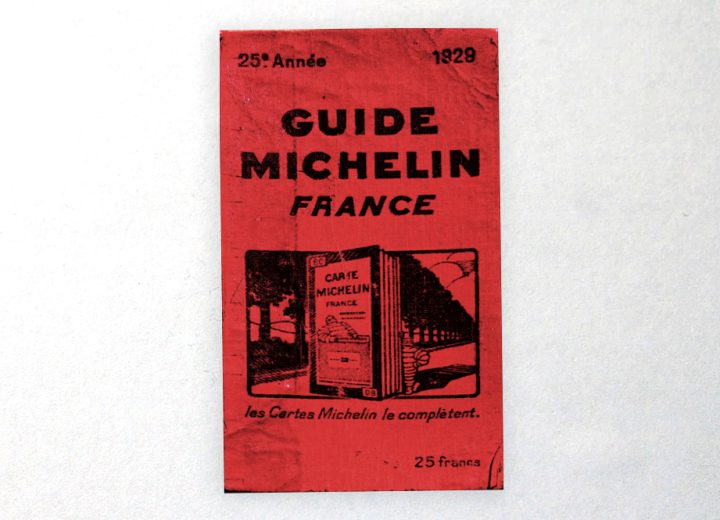What is Content Marketing?
Content marketing is part of every marketing plan; it’s a catch-all phrase for anything a business puts out that isn’t necessarily an advertisement.
It can be argued that any piece of information or media published by a business that reaches a potential customer is content. Even a guide for employees is content – part of employer branding, which again is part of the marketing process.
It can take various formats, whether they are digital such as blog posts, info-graphics, newsletters, videos, case studies, step-by-step or ‘how to’ guides, webinars, podcasts or physical objects such as leaflets or printed guides and so on.
One of the oldest examples of content marketing as a tactic is the Michelin Guide, In 1900, there were fewer than 3,000 cars on the roads of France. To increase overall demand for cars and in turn, car tyres, brothers Édouard and André Michelin published a guide for French motorists in 1900, which they called the Michelin Guide featuring a host of information that was relevant to any driver including petrol stations, hotels and practical advice. The guide evolved in the 1930s and in 1936 they created their now infamous restaurant rating system, which is still in use today.
Here are a few steps to planning your own content.
Define your audience:
To know what type of content to create, it is important to know who the content is for. Depending on your business, the process of defining your audience will entail segmentation which will help you identify the characteristics of your ideal customers such as needs, personality, occupation, socioeconomic background and goals. as well etc. Defining your audience also helps you identify which channels they use and how you can reach them. Are they on Facebook, Twitter or LinkedIn? Do they watch TV or listen to a particular radio programme? Are they readers? Do they commute daily? This will let you know which content format to serve them and which platforms to share the content on.
Determine their problem
To understand your audience, you need to think like them and identify what their pain points are and how you intend to solve their problem. There are tools online that can help identify what your potential customers are looking for. Two of such tools are the Google keyword planner tool and the LSI Graph tool. Google keyword tool is free and helps you identify which keywords people use when searching for solutions to their problems.
With a tool like LSI Graph, a shop that sells baking goods for example can identify what their potential customers are looking for. In the search below, we have searched for “how to bake cake”. There’s a long dropdown showing other related search results that several people have conducted. These are content ideas that can be addressed by the baking goods shop.
Design the solution
Once the audience and the problem have been identified it’s easier to create a solution tailored to them. Using the cake example, you can simply go ahead and explain how to bake a cake, but the format of the content depends on what you know about your audience; they may be experts or they may be beginners.
It’s also important to ensure you are not creating content in areas that are oversaturated. Providing something novel or deeply researched will return far better results. An example of this may be an in-depth report on market conditions in the financial services industry, or how to cook a Caribbean-inspired dish using English supermarket ingredients. Both are very specific but of great value to potential customers who are looking to fulfil those specific needs.
The simple example of baking goods used here serves as an illustration, but the reality is many thousands of these content pieces will already exist; there’s no point in adding to an ocean of similarity. Therefore, you have to Assess what is already there and either create something with far greater depth or find a gap that hasn’t been filled – just as Michelin did with their guide.
Inform and inspire with relevant information
Even though you are in the business of selling baking goods, a blog or video about a baking pan’s dimensions and other physical features is boring. It’s also useless information as people are likely to know it already. However, many people would find a cake baking video more engaging and interesting, especially if it’s a unique recipe or for something really specific. In some cases something really bizarre might work – it all depends on the goals of the content. Is it there to inform? Is it there to gain publicity? Therefore, Create your content around what you want to achieve and how to achieve it.
Build a reputation and when consumers need to buy baking pans and other baking items, they will probably come to you or seek your recommendation. This is because people do business with those they know, like and trust. They can receive a free recipe book after buying from you (another content marketing tactic) and will be delighted to share with their friends who might end up buying from you as well.
To summarise, everything your business puts out there should have a purpose behind it, whether it’s to potential customers or to employees. Don’t simply create content because you can. Create content when you can identify a goal, identify an audience and then learn about them to deliver content that fulfils those goals.
When you think about content marketing, remember this:
“Nobody ever bought a drill because they want a drill, they bought a drill because they need to make holes!”
Sam.










